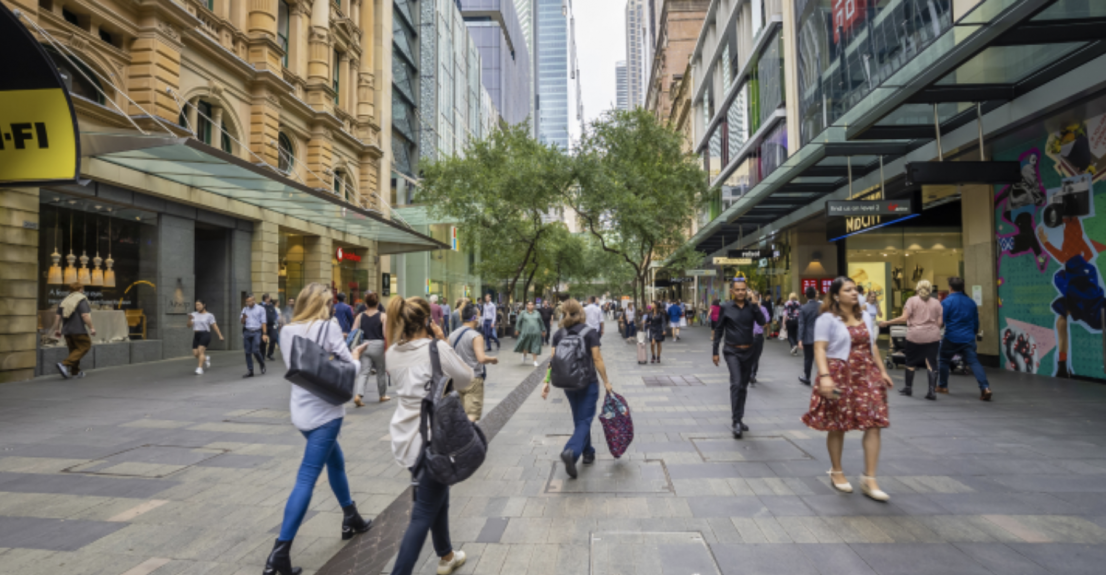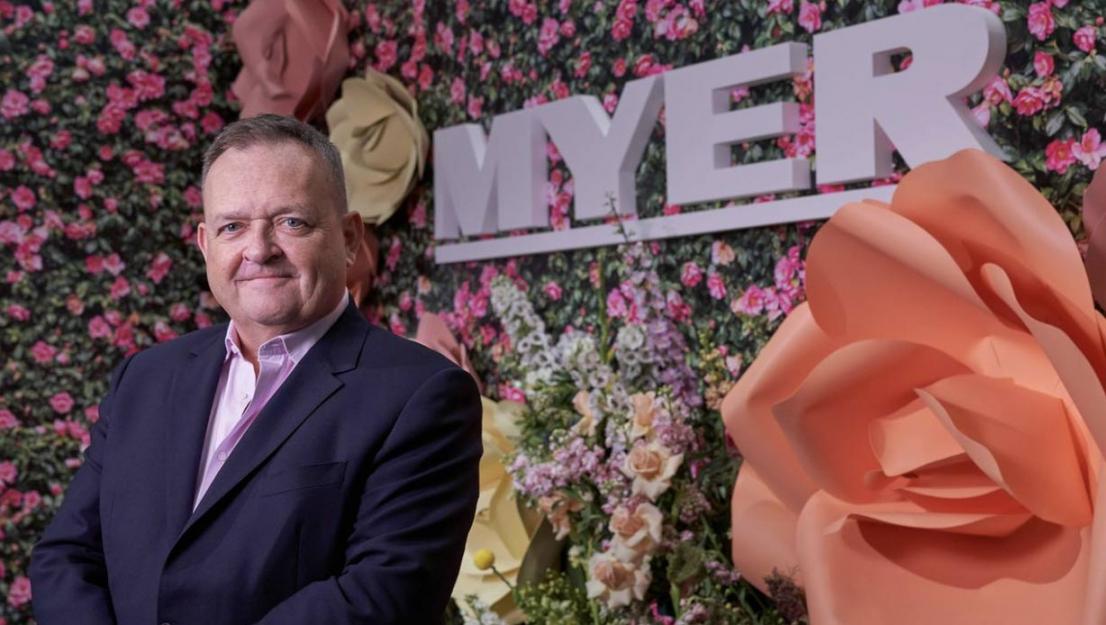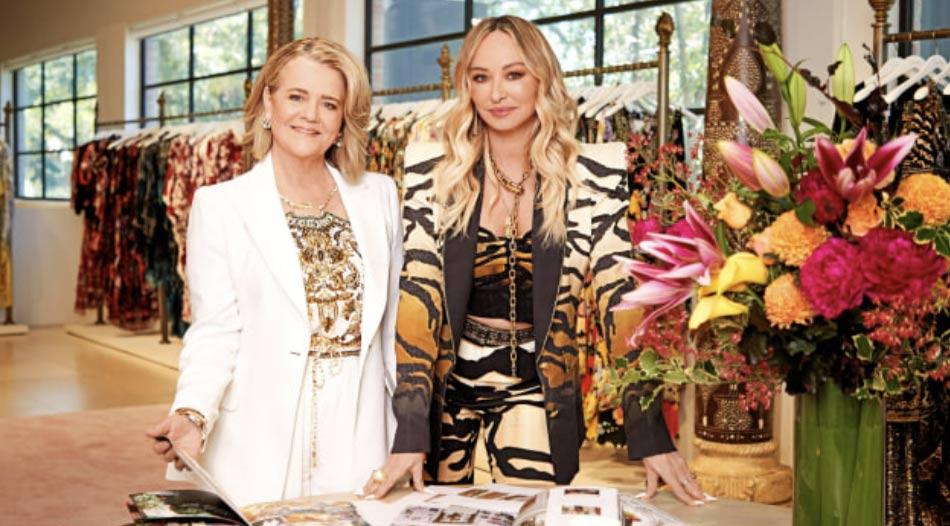
Early data on retail spending over Christmas indicates Australians bucked the burden of higher interest rates to spend freely, but economists are questioning how much of that increased spending is just higher prices versus a resilient consumer.
Data from Westpac shows that between November 1 and December 24, retail sales were up 8.6 per cent compared with the same period in 2021, while Boxing Day sales jumped 15.3 per cent to surpass $1.2 billion.
Rival bank NAB is yet to crunch the numbers on retail spending for the full month of December, but chief economist Alan Oster is highly sceptical of claims about a bumper Christmas season for retail, given weaker spending data in the first weeks of December after Black Friday sales.
“My suspicions are that it’s not great – not because they haven’t spent a lot of money, they have, but whether it’s more than they would normally spend,” Mr Oster said.
“There have been big increases in prices, so in real terms I think [consumer spending] has almost certainly going backwards.”
After the November Black Friday sales, NAB’s data showed that spending was soft in the second and third weeks of December.
“What we know is a lot of the money that probably got spent for Christmas was spent in Black Friday,” Mr Oster said.
Lower savings
NAB will release its retail spending figures in the middle of next week and Mr Oster expects the impact of rising interest rate rises will be “quite aggressive” this year.
His comments mirror those of economist Frank Shostak, who previously told AFR Weekend the 2023 Christmas shopper had lower savings after central banks’ money printing, and would be shopping at the expense of the future. He tipped retail sales would fail to match previous years.
The economists are joined by retail analysts, who have issued downgrades on retail stocks like JB Hi-Fi and Harvey Norman and grown wary of discretionary retail as cost-of-living pressures force shoppers to tighten their belts. Investors are also expecting retailers’ margins to be squeezed as input costs go up, especially for businesses that fail to exercise pricing power – their ability to increase prices in line with costs, to protect profits.
The Australian Retailers Association, which also uses Westpac data, has said pre-Christmas trading was $74.5 billion this year – a record, and 8.6 per cent higher than 2021. It has predicted post-Christmas retail spending to tally up to $23.5 billion, also a record and 7.9 per cent higher than the previous year.
However, its chief executive Paul Zahra acknowledged price increases were hidden in the headline numbers and that cost-of-living pressures and potentially slimmer margins for retailers could emerge in the interim reporting season.
“Some analysts have said, and I broadly agree, that up to two-thirds of increase [in Christmas retail spending] was due to increase in prices and a third was the increase in volume. The sales increase may not be what RBA would like to see, but people have continued to spend and celebrate December as a season of indulgence,” he said.
Retails report strong sales
Mr Zahra said it was too early to say if retail spending data for November, December and January put together (to eliminate skews such as Australia’s newfound love for shopping early for Christmas) would surpass previous years.
However, he expected it would come out higher. This would be followed by a slowdown in spending at some point in 2023, he said.
Anecdotally, retailers have reported strong sales.
Barbeques Galore chief executive Angus McDonald said summer was outperforming the same period 12 months ago, driven by a combination of price increases and higher volumes thanks to new product launches.
“Since Black Friday we have continued to see double-digit growth. That has continued all the way through December and into early January,” Mr McDonald told the Financial Review.
He noted that while the supply challenges of 2021 have largely eased, consumers are more discerning.
“Last year if you could get stock then you would be doing well,” he said. “This year it’s actually now back to delivering a good retail experience and delivering good value to customers.”
Mr McDonald noted that with the jobless rate steady at a 48-year low of 3.4 per cent, consumers still had money to spend.
“Even though there’s obviously uncertainty in terms of consumer sentiment, people still have jobs. “If they’re passionate about something and they’re excited about the product and excited about what that means for them and their lives, there’s still plenty of opportunity for retailers.”
‘Older demographic remains strong’
Chris Kahi, the owner of Sunshine Coast-based apparel retailer Old Man Strength, was surprised by the strength of sales during the festive season.
“We’ve seen amazing sales over the Christmas period. We had originally forecast that the period would be soft due to interest rate rises and uncertainty. This has not been the case,” Mr Kahi said.
“Customer feedback and sales analysis suggests that the older (over 40) demographic remains strong. We are expecting to see Q1 2023 maintain this growth.”
Data from payment technology business Square found that both the number of transactions and the overall spend at Australian retailers using its technology increased during the Christmas period of 2022, compared with the previous year. The number of transactions grew by 29.4 per cent, while the total dollar amount spent was up 23.6 per cent.
Square does not disclose how many retailers it has in Australia, and the data is also influenced by an increase in the number of customers the company added in 2022.
“A lot of analysts expected consumers to dampen their spending this Christmas period, but based on our data it looks as though Aussies have continued shopping during this critical time of year for retailers,” said Ara Kharazian, research and data lead at Square.
“When looking at the data across all industries during the Christmas period, we saw record-breaking sales and growth that suggests continued strong consumer spending.”




















